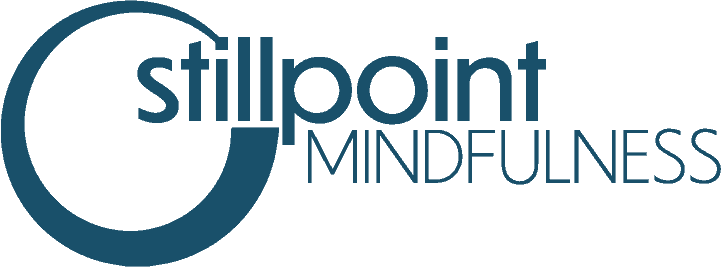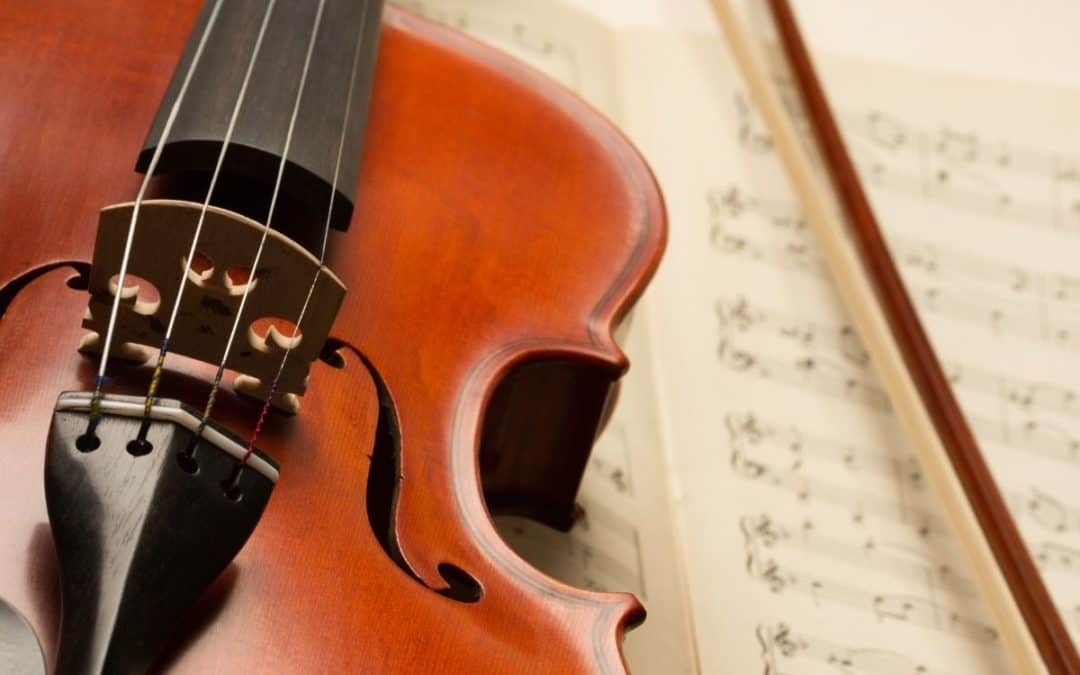“Today, like every other day, we wake up empty
and frightened. Don’t open the door to the study
and begin reading. Take down a musical instrument.
Let the beauty we love be what we do.
There are hundreds of ways to kneel and kiss the ground.” ~Rumi
*****
In these days when so many of us are feeling ‘empty and frightened’, have you paused to reflect recently on your options for what comes next? With all the uncertainty and change infusing the very air we breathe, it might be just the right moment to reconnect with what we most love, and what we long for, and how to align what we love with what we do. Reflecting together, we might inquire: have I been feeling a disconnect between my day job, and what nourishes me most? Have I been longing to share the transformative experiences I have had through mindfulness practice with others with whom I work, or in my broader community? Do I feel pulled to take the MBSR course again, and again— studying it, practicing, diving deeper into this way of being that brings me back in touch with what’s best in me, and with the wonder and beauty of being alive? If your answer to any of these questions is ‘yes’, MBSR Teacher Training may be a way for you to “take down a musical instrument” and begin to play.
It has been for me. From the first MBSR training I went to in 2004 with Jon Kabat-Zinn, when he not only reviewed the scientific evidence demonstrating MBSR’s significant benefits to individuals struggling with stress, pain and illness, but also used the word ‘love’ to describe both what brings us to these practices, and what they cultivate within us, I knew I had found my Job, with a capital ‘J’. With mindfulness, I felt I was tapping into a wellspring within that was life giving; following the MBSR teacher training pathway quickly became the only option that made sense.
Nearly 20 years later, past certification as a MBSR teacher and teacher trainer, I’m still in the training pathway, still in the work and play and adventure of refining this human mind and heart. In the most important ways, I always will be. Each new moment, challenge, tragedy, triumph asks us to be a beginner again—to bring curiosity to not knowing this new experience, this new heartache, this new joy—and to learn what’s needed now, and how to show up and relate to what’s here with as much kindness and wisdom as possible.
In fact, if we’re just seeing the path as training to teach mindfulness or MBSR, our view is too small. Last Spring, in the week or so after the world went into its first ‘lockdown’ in the face of COVID’s threat, Jon Kabat-Zinn gave a talk on Zoom that drew thousands, from all countries and continents. That afternoon session sprouted spontaneously into a global “mitigating the pandemic retreat” that he led each weekday for 1 – 2.5 hours for the next three months. Each day, we practiced together, Jon spoke, and opened the space for questions. One day, a woman from the U.K. described the rare disease she lives with that at times causes paralysis in the muscles of the chest, and acute difficulty breathing. She shared that practicing mindfulness of breathing, and repeating Jon’s frequent reminder that, “as long as you’re still breathing there’s more right with you than wrong with you no matter what’s wrong,” has kept her from the panic that worsens her condition to the point where it’s life-threatening. Out of her enthusiasm, gratitude, and desire to share with others what has impacted her so profoundly, she asked: “How can I get more people to practice mindfulness?”
Jon paused, then answered: “You can’t. If you try to do that, then you’ll just be one more person selling something. The real questions is, “How can I help people get in touch with their own beauty?”
*****
MBSR teacher training is one trustworthy answer to this question. This path isn’t easy, and it isn’t fast, and it isn’t inexpensive. Yet it does, crucially, in a way that’s mysterious and embodied and non-conceptual, open us to a direct experience of beauty, not limited to, but inclusive of each one of us. As we train in accessing and stabilizing this 1st-person experience of wholeness, we establish the reliable foundation for offering this experience to others.
Deep familiarity with the MBSR curriculum is a part of this foundation, as is intimacy with silence, with movement, with the inner landscape of thoughts and emotions, and the pitfalls of reactivity that ensnare us time and time again. Learning to be sensitive and attuned to trauma, to diversity and inclusion, to language that invites rather than excludes while guiding meditations or leading group inquiry is part and parcel of the path of refinement and skill-building, as much as learning scales is a part of playing a musical instrument. MBSR teacher training develops these core skill sets, including understanding the neuroscience of stress and stress physiology and psychology, group dynamics, experiential education, and the wisdom from contemplative traditions that all underpin the MBSR curriculum.
If we follow this path, we train, and practice, and do our scales, so as to offer mindfulness in the world in accordance with the highest standards of integrity and heart. And then, as Rumi suggests, MBSR becomes a way of taking down the instrument, of singing and dancing with life itself, and seeing that the beauty of what we love and what we do and how we might show up in any moment is not in any sense separate, one from the other, but a way of kneeling and kissing the ground, and an ongoing expression of love.


Recent Comments